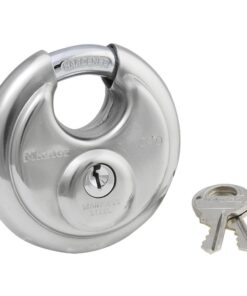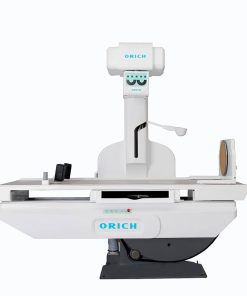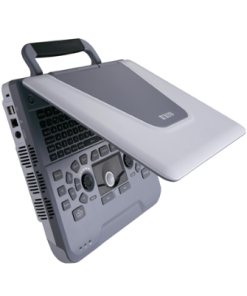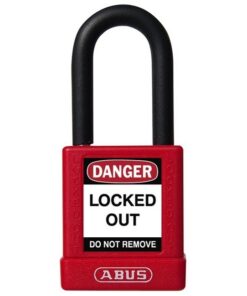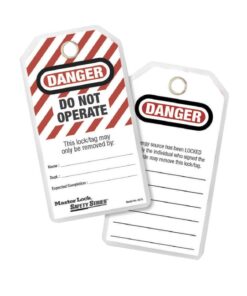Photoluminescent Sign Frame – Fire Extinguisher, Hose, Red Arrow Down – 570 x 190mm – SIGNP3FEHA(D1)
R556.00 Ex VAT
- Photoluminescent signs are glow in the dark signs
- Printed on 1.2mm thick ABS -PST material All safety signs have to bear the SABS mark to comply to Fire and Safety Regulations (SA Building Regulation SABS 1186-5) 1 Sign per pack
- Average 7 year lifespan
- Sign: Fire Extinguisher, Hose and Red Arrow Down
- Size of sign: 570 x 190mm
- Item delivery usually 3 – 6 working days








